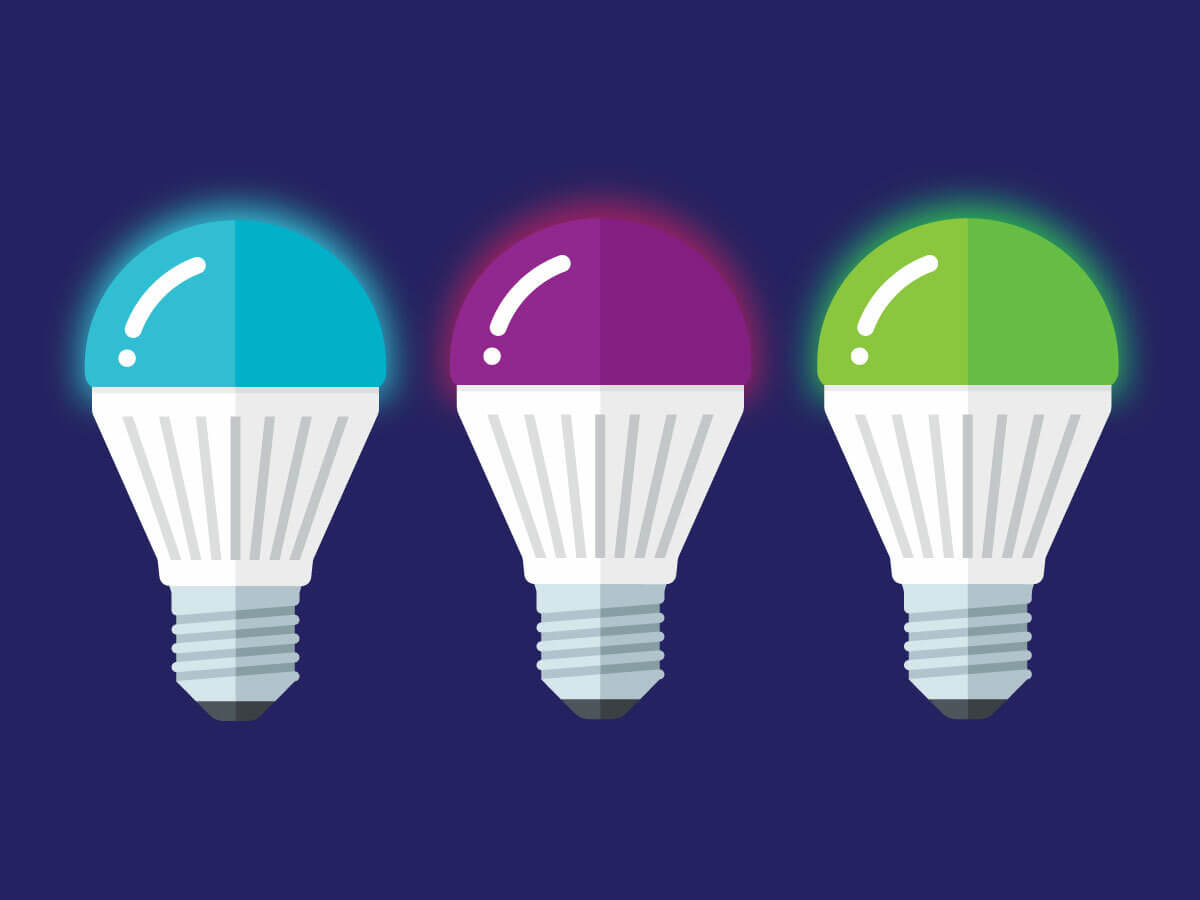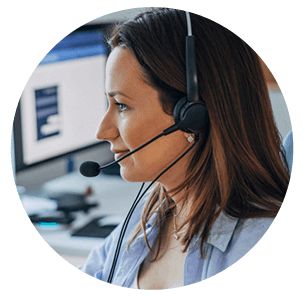
Whether you are an LED wholesaler or you run an ecommerce business specializing in lighting products, knowing how to import LED lights from China is critical. There are a variety of rules, regulations and import duty requirements that you need to know in order to make your venture a success.
Key Takeaways:
Our guide below details everything you need to know about how to import LED lights from China, including import duty, regulations, and more.
There’s a reason that many importers look to the Chinese LED market when needing to source their products.
China is, by far, the largest exporter of LED lights into the United States, accounting for more than nearly 40% of all U.S. LED imports in 2024. The next closest country was Mexico at just under 20%.

Source: trade.gov
Due to the relatively cheap production prices and short lead times, China has long been a perfect fit for importers looking to purchase light fixtures. However, steep tariffs on Chinese goods have made importing from the Asian economic powerhouse a less attractive option for businesses in the U.S.
As the largest producer of LED lights in the world, it makes sense to turn to China when sourcing your First, you have to determine what type of LED lights you want to import. The three primary types of LED lights are:
The different types of LEDs that exist are not always interchangeable and are intended for certain uses. Some are brighter, while others a have higher energy output. Examples of different uses for LED lights include:
Talk to different suppliers and shop around until you find a seller who is willing to work with you on price. In some cases, you may be able to bulk order and get a reduced price on larger orders. You can also attend trade shows and order samples to get a more intimate knowledge of the product you’re importing and the supplier you’re buying from.
Are any of the goods you import from China manufactured in or sourced from the Xinjiang region? Any goods or materials produced in the region are prohibited from entry into the U.S. Read our article on the Xinjiang import ban to find out more and avoid having your shipment fined and detained.

Worried about the Strict Regulations? Ask Our Experts.
Our 30 Minute Licensed Expert Consulting Will Personally Guide You.
Imports from China fall under the General category of duty rates. That means the U.S. has no active trade agreements with China, and standard Harmonized Tariff Schedule (HTS) duty rates tend to be between 2% and 8%. This amount is before factoring in tariffs on Chinese goods, such as those enacted under Section 301 and reciprocal tariffs.
Section 301 tariffs are broken up into four lists, and the additional tariff rate imposed on a product depends on which list the commodity falls under. For instance, List 3 imposes an additional 25% tariff, while List 4 imposes an additional 7.5%.
LED lights primarily fall under HS codes 8539, 8541, and 9405. Using these codes as a starting point, you can use our HTS lookup tool to do a search for the exact LED product you’re looking for and determine the import duty you will owe.
Customs and Border Protection (CBP) oversees and approves the import of all goods imported into the United States. They’re not the only federal agency with oversight, however. There are several other government bodies whose regulations you’ll be required to comply with when importing LED lights.
InThe FDA also regulates the entry of LED lights into the U.S. While you may not consider something like LEDs to fall under their purview, the FDA has oversight over a number of non-food-related products, such as:
The FDA can place FD flags on certain HTS codes, identifying products that require further action when submitting an entry request. In this case, they are usually codes for medical devices that use LED technology.
It’s worth noting, this flag does not apply to finished products with LED lights, such as toys, shoes, or appliances.
Due to the fact that LED Lights emit RF (radio frequency), some LED imports may be required to comply with regulations from the FCC.
There are three FCC certifications that can directly to LED lights:
When importing LED Lights from China, it’s important that you determine the intended use of your products, whether it be for consumer use or not. From there, you can check to make sure that the lights you intend to import comply with the correct FCC certification.
While the FDA and FCC are two of the largest regulators of LED lights, there are some other rules and regulations that certain LED lights are required to abide by in order to be allowed entry into the U.S.
This includes regulations from the Consumer Product Safety Commission (CPSC). The Consumer Products Safety Act regulates certain seasonal and decorative lights. Other regulations include the Energy Policy and Conservation Act (EPCA). This sets mandatory requirements regarding energy efficiency and energy production for light fixtures.
Additionally, your products may be required to comply with standards set by Underwriter Laboratories (UL).
UL runs a testing facility for light fixtures and other electronic devices. Their purpose is to test and eUL runs a testing facility for light fixtures and other electronic devices. Their purpose is to test and ensure the safety of electronic products. In fact, some electricians won’t install non-UL certified fixtures, particularly in the cases of public businesses or government buildings.
There are three UL labeling designations for lights:
It’s also important to note that lights labeled as “UL Approved” may not be legitimately listed. Look for terms such as “UL Certified Mark” or “This product has earned the UL Certified Mark”.
There are no specific licenses or permits required to import LED lights into the United States. So long as you comply with the rules and regulations for lighting imports outlined above, you should not have any trouble importing.
Customs Bonds are required on commercial imports over $2,500 or imports that are subject to another agency’s regulations (other than CBP). Since LED lights are subject to the standards of the FDA, FCC and other agencies, you’ll be required to obtain a customs bond regardless of the total value.
You can either purchase a single entry bond or a continuous customs bond. A single entry bond is good for one import transaction into the U.S., while a continuous bond covers all imports during a 12-month period.
A customs broker can help with imports by ensuring that your shipment is legal and compliant with all Customs standards.
As we’ve discussed above, there is a lot involved in the importation of LEDs. Ensuring that you’re using the correct HTS codes, complying with all regulations and understanding whether your LED import is subject to additional tariffs can be complicated.
A Licensed Customs Broker can do the hard work for you, ensuring compliance, filing paperwork, and ensuring your shipment arrives successfully and in a timely manner.
At USA Customs Clearance, we can help you import LED lights from China, no matter your import needs.
If you’re new to international trade, we can help you become a registered importer, obtain a customs bond, or simply give you advice on your imports. We even offer bundles for new importers to help you get started with everything you need at a lower price.
If you’re unsure whether your imports comply with all required regulations or you’re having difficulty identifying your product’s HTS code, we can help with that too. Schedule a 1-on-1 consulting session with one of our licensed experts and get answers to any questions you may have.
Contact us at (855) 912-0406 or fill out a contact form online to get the import help you need today.

Worried about the Strict Regulations? Ask Our Experts.
Our 30 Minute Licensed Expert Consulting Will Personally Guide You.
 Copy URL to Clipboard
Copy URL to Clipboard
What’s import duty rate that US gov’t charges for LED lights from China, India and Taiwan?
I could not find the list of LED lamps and tariffs. Please advise.